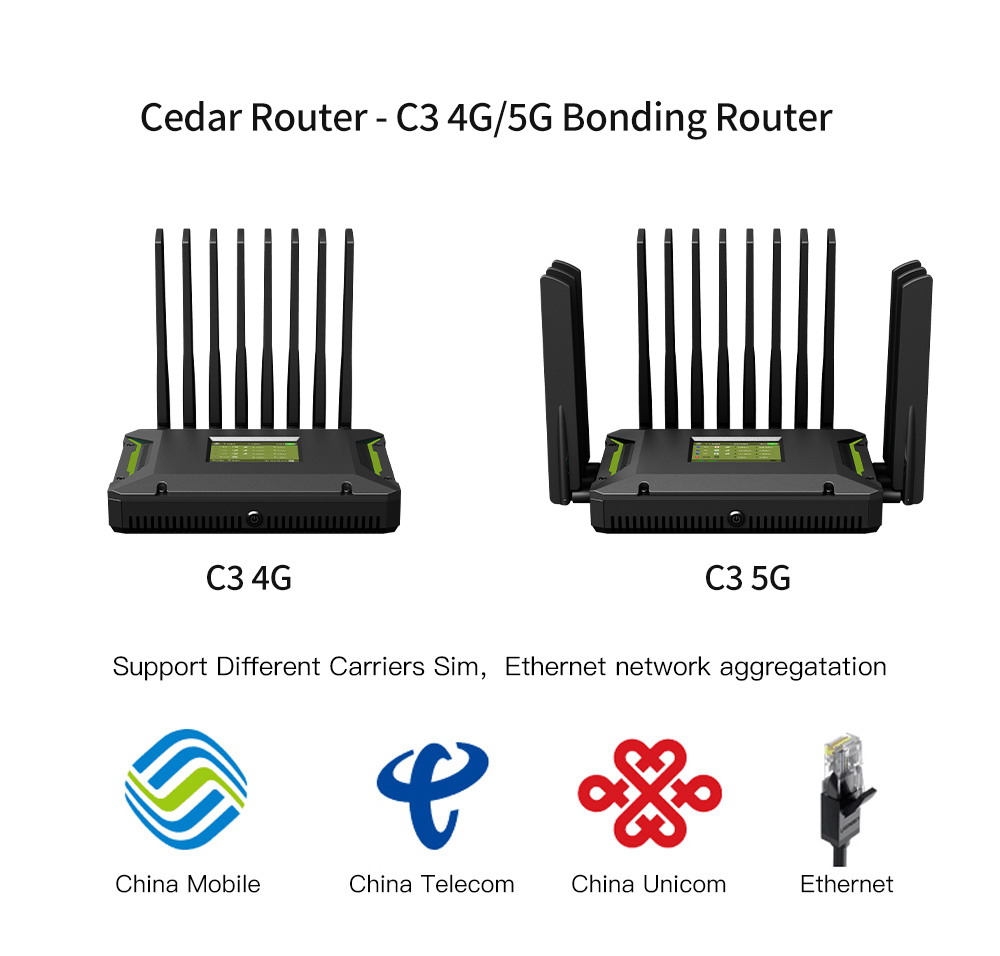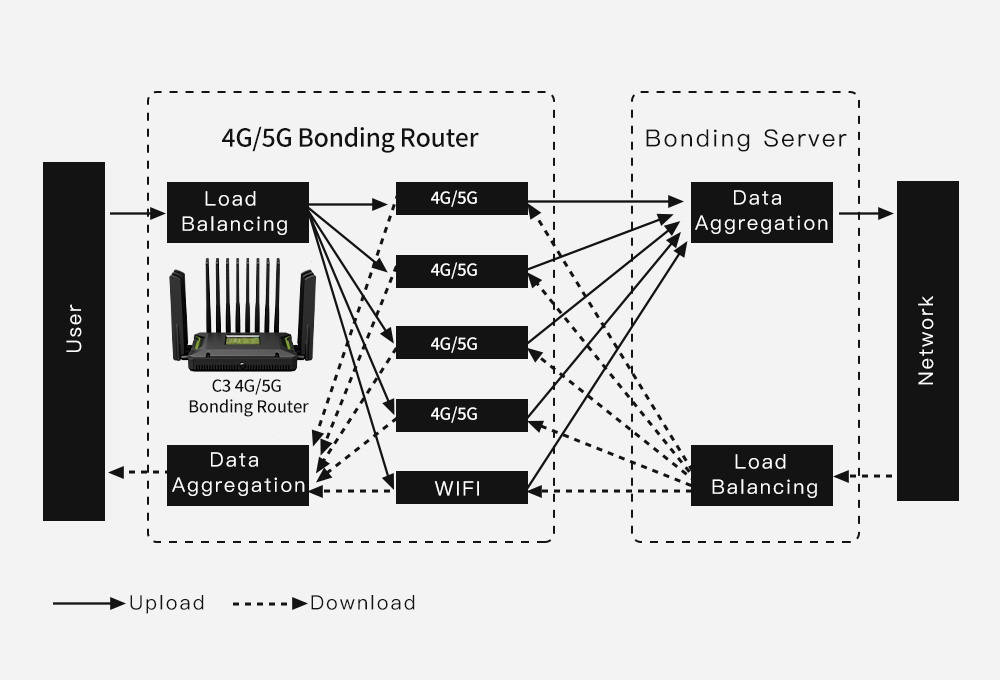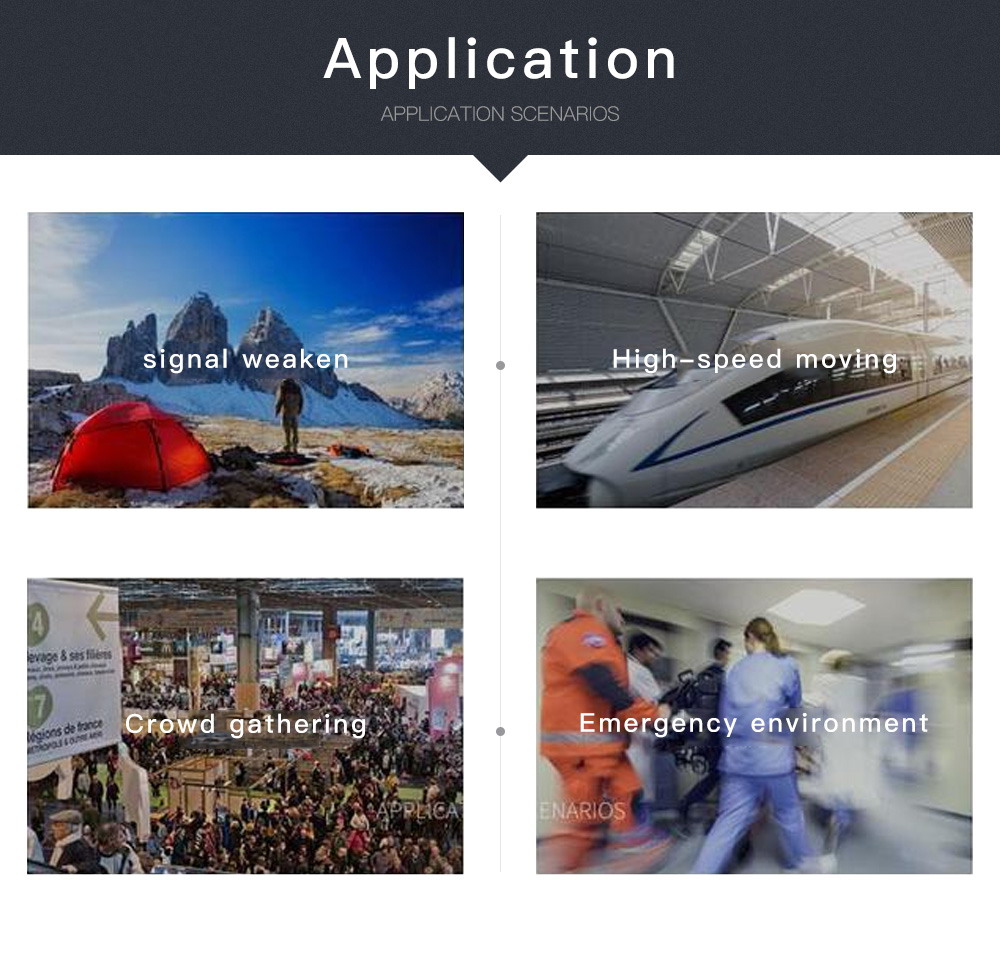A router, in general, is a device that connects various local area networks and wide area networks on the Internet. It is also recognised as a gateway device (Gateway) since it works well in connecting many logically separated networks. Well, this logical network often denotes a subnet or a single network. So, the router's routing function serves in the transmission of data, from one subnet to another. Thus, the router works as a device to judge the network address and also to select the IP path. It can create flexible connections in a complex, multi-network, and interconnected environment. Moreover, it can connect various subnets with entirely different data packets and media access methods. The router can only accept the source station. Besides, it can also take the data of other routers that refer to another interconnected device at the network layer. Many people are already familiar with routers. After all, it is the era of the Internet. Networks are everywhere, and routers, which are a kind of network-connected devices, have long been familiar and used. But, the routers that many people touch are just ordinary ones (home or business). Also, there is another kind of router called 4G/5G bonding router. Due to strong professionalism, ordinary people also have less contact. So, the question comes up - what is the difference between 4G/5G bonding router and ordinary router? Here, let's compare and learn the difference between the Cedar Router - C3 4G/5G bonding router and the regular router.
4G/5G bonding Router Vs Ordinary Router
4G/5G bonding router supports multiple operator's 4G/5G cards or network cables. For example, MiNEMedia C3 4G/5G bonding router supports 3 SIM cards of different operators.
On the other hand, ordinary routers generally use network cables. You can see it from here. The 4G/5G multi-card aggregation router is more convenient and flexible to use. Just like a mobile phone, you can use it anytime and anywhere as long as you plug in the card, and network cables do not restrict it. But, various conditions can limit ordinary routers to a great extent. What's more, 4G/5G traffic is getting cheaper.
Bonding Technology
The 4G/5G bonding router can aggregate the bandwidth of multiple Internet links. It can increase the uplink and downlink network bandwidth in the mobile environment. Moreover, since the device supports the simultaneous insertion of SIM cards of different operators, it reduces the blind spots of mobile network signals and improves network availability. The download speed can easily reach more than one gigabit, and the upload speed can reach more than one hundred megabytes. Moreover, it has high stability, low delay, no packet loss, and meets various unique scenarios with very high requirements. Working Principle Diagram of Cedar Router - C3 4G/5G bonding Router
Ordinary routers have only a single network or single card link bandwidth. In the case of upstream and downstream network bandwidth and weak network, the disadvantage is evident and visible.
Working Principle Diagram of Cedar Router - C3 4G/5G bonding Router
Ordinary routers have only a single network or single card link bandwidth. In the case of upstream and downstream network bandwidth and weak network, the disadvantage is evident and visible.
Professional and Common Application Scenarios
Ordinary routers are generally useful in scenarios such as homes or enterprise companies.
On the other hand, 4G/5G bonding routers find their applications in scenarios that require stable networks, high latency, and high bandwidth. It is also useful in outdoor applications. For example, at weak networks places with a large number of people, such as high-speed rail Motor trains, large conferences, high-definition live broadcasts, emergency rescue, outdoor live broadcasts, etc. Thus, ordinary people do not know much about it.
Price Differences
Ordinary routers usually cost around 15-30 US Dollars, and enterprise-level routers are available at around 100-300 US Dollars. But, the price of 4G/5G bonding routers can range from 500-1500 US Dollars.
Conclusion
That's all about the 4G/5G bonding routers and general routers. Both routers have unique features and applications. After this comparison, we can conclude that 4G/5G bonding routers are convenient. Remember, the rapid development of the Internet will make wireless networks more ubiquitous. Thus, the demand for the network will be higher than ever before. At the same time, the requirements for bandwidth are increasing, and the cost of traffic is also getting cheaper. As a result, 4G/5G bonding routers will become more and more advanced. Thus, it is evident that, very soon, 4G/5G bonding routers will be everywhere in the lives of ordinary people.